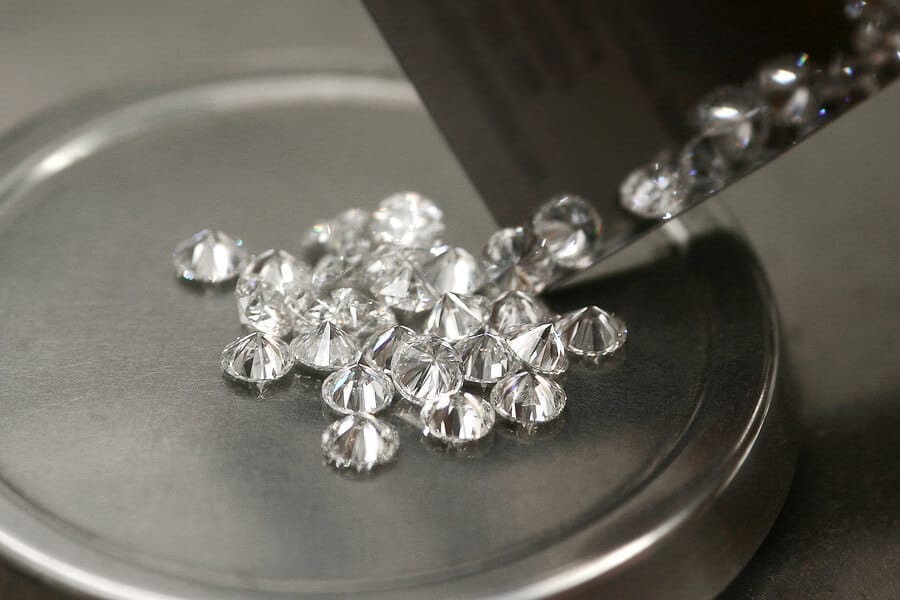The economy of diamonds is felt in all corners of the world. Here are some facts about diamonds and how they may have an impact on you:
The Ecological Footprint of Diamond Mining
Considering the effects of other mining techniques (crude oil, etc), diamond mining has a minimal ecological footprint. It is proven that the total energy it takes to extract one diamond from the earth is less energy than to produce of one CVD (synthetic) diamond.
Real Demand For Diamond
According to statistics, last year was the biggest year for diamond demand. With American Millennials (born 1981-1996) surprisingly creating the largest demographic, even though they only represent a quarter of the entire population. Perhaps the appeal of diamonds can be linked to their sentimental value that still holds true in North America. They can represent commitment, authenticity and tradition- values that the Millennial population are trying to keep hold of in the ever-changing landscape of technology and innovation.
Diamonds Are Rarer Each Year
Production of mining is decreasing due to the lack of diamond bearing kimberlites, which are actually pre-historic underground volcanic pathways where diamonds have been dispersed. Most of these pathways have already been tapped into decades ago, and therefore their resources have since been depleted, although, not entirely.
To get a better sense of how many diamonds are produced each year, the volume of 1 carat and under fit equal the volume of two basketballs. The higher the carat, the less volume, diamonds over 5 carats can fit into a single tennis ball. Ensuring that natural diamonds will always maintain their value.
Strict Regulations on Diamond Sourcing
The sourcing of diamonds has made waves throughout Hollywood with several documentaries and most famously the film Blood Diamond about the danger involved with diamond trading in African countries. However, the industry has responded to these conflicts by putting in place strict regulations on diamond sourcing, with most famously – The Kimberly Process – which prevents conflict diamonds from entering the mainstream diamond market. Not to mention that all major diamond mines, traders and producers have strict safeguards in place to ensure safe production.
Diamonds, The Oldest Things In Circulation Today
As the story goes, these gems have been around for billions of years, well below the earth’s crust. Years of pressure and heat from the earth’s core have condensed carbon into these precious stones. The only reason we are able to mine them, is because of volcanic eruptions that have pushed them almost to the surface over time. Attributing to their value, diamonds are the oldest things that are in circulation today.
Diamond Global Economy Support
Last but not least, did you know that the diamond economy supports over 10 million people?
Including small scale producers in African and South American countries. Much like the Canadian oil field, many local economies are based on the abundance of these natural and valuable resources, and their demand within the global market. For example, with the discovery of diamonds in some struggling African countries, it has completely overhauled the economy of the entire country. With the proceeds trickling into their social spending for education and heath care.
Producers in the diamond industry have heard the call to the appeal of processes that don’t have a damaging ecological footprint or use chemicals in the extraction process. Luckily diamond production have neither- many producers are heading toward a carbon neutral status. The demand for diamonds has never been higher, and the production and distribution of diamonds has never been safer. Making the diamond economy a crucial one on a global scale as it is keeping up with innovation.



